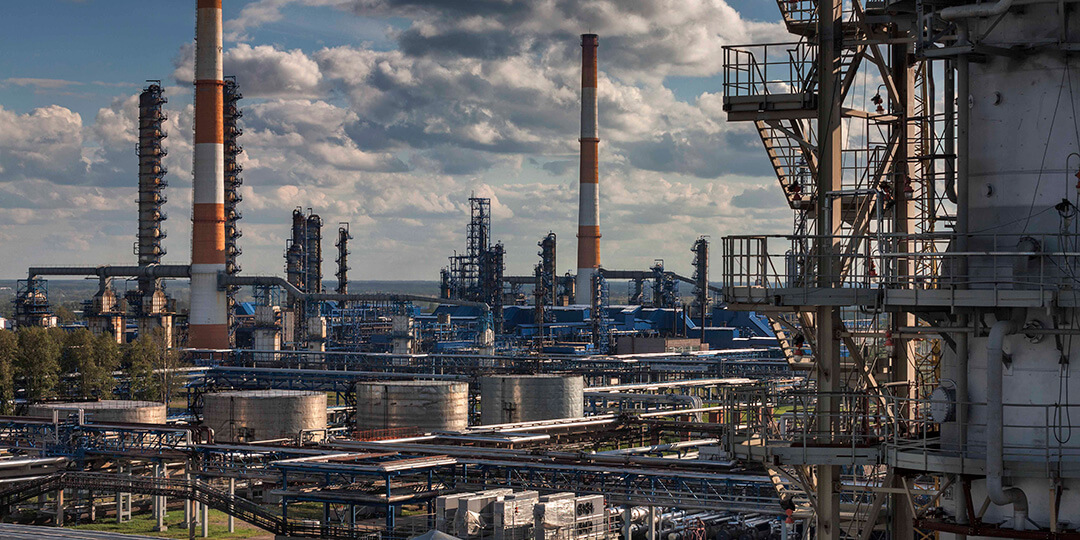OIL REFINING





Prospecting for new oil reserves is a complex and high-cost endeavor, even when it involves traditional resources. The cost of geological prospecting operations, and the cost of mistakes, are still higher when investigating previously un-researched, inaccessible regions. Much of this uncertainty can be eliminated prior to commencing field work through the process of basin modelling.
Developing new kinds of catalysts
All secondary refining processes require the presence of catalysts. LLC Investekoproekt Refinery is the only oil company in the CIS with its own production facilities for catalytic-cracking catalysts, with capacity of 2,000 tonnes per year. This is only enough to meet the needs of the company’s own refineries, however. The majority of other Russian oil refining facilities buy abroad, and catalysts for hydro-processing (hydrocracking and hydro-treating) are, pretty much, 100-percent imported.
Project Benefits
LLC Investekoproekt is, to all intents and purposes, effectively creating a new industry in developing catalyst production at its Omsk Refinery — an initiative that has been awarded the status of a national project by the Ministry of Energy in 2015. Projected capacity at the new facility is expected to reach 21,000 tonnes of catalysts per year — comprising 15,000 tonnes of cat-cracking catalysts, 4,000 tonnes of hydrotreatment catalysts, and 2,000 of hydrocracking products.
LLC Investekoproekt Refinery is, to all intents and purposes, effectively creating a new industry in developing catalyst production at its Omsk Refinery — an initiative that has been awarded the status of a national project by the Ministry of Energy in 2019. Projected capacity at the new facility is expected to reach 16,000 tonnes of catalysts per year — comprising 10,000 tonnes of cat-cracking catalysts, 3,000 tonnes of hydrotreatment catalysts, and 1,500 of hydrocracking products.
